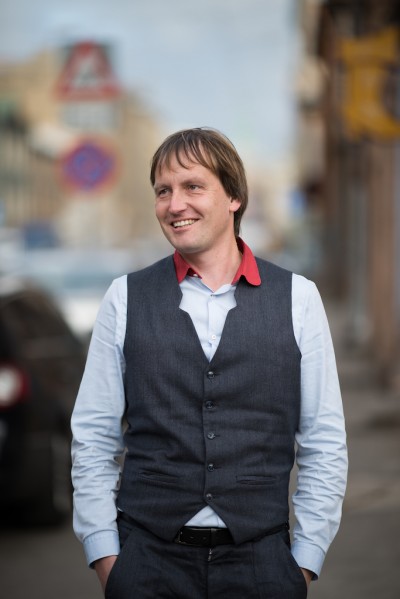Blog
New NIKKOR AF-S 105mm f/1.4E ED has character (29.09.2016)
Text and photos: Aivar Pihelgas
When you have a chance to try out a new lens, there are dozens of little nuances that need to be noticed and kept in mind. Sometimes you wonder whether the new lens justifies the investment so that you are able see it on the photos as well. NIKKOR AF-S 105mm f/1.4E ED was able to surprise me. I could feel the difference already from the first photos. This lens clearly has character.
So far, photographers who mostly take portraits have been using fixed focal length lenses such as 58mm f1.4 and 85mm f1.4 which have great optical power. In that sense, the arrival of NIKKOR AF-S 105mm f/1.4E ED with longer focal length is a totally natural and welcomed sequence to those. Many assess the focal length of 105 mm to be too long for taking portraits especially when photographing in the studio environment. I have mostly used 70-200mmf2.8 lens in the studio and noticed that usually, with this lens, I work in the focal length range of 100-200mm. When using a longer focal length, I especially like how the perspective is being presented. It is interesting and nice that the objects further away seem a little closer and bigger. Even with small field of depth, the occurring soft blurry background is good.
This lens’ bokeh is very impressive. Let us explain this term once again. The word bokeh is derived from Japanese and it means blurriness or unsharpness. In photography, bokeh is mostly seen on photos taken with macro and telescopic lenses because these lenses create a small depth of field. It is useful to have a lens with greater optical power and the value of its open aperture to be f/1.4 for example . We get a blurry background when shooting with a more open aperture. If there are light sources in the background, these are pictured as light circles on the photo. The more open the aperture, the softer the edges of the light circles. The distance of the light source in the background is also relevant – the further it is, the bigger the light sources.
At a night shoot, car lights, street lights, illuminating advertisements are the perfect light sources. This time, I used a speed light SB-5000 to light the model and I also added 53x53cm soft box to soften the light.
NIKKOR AF-S 105mm f/1.4E ED brings bokeh to a totally new level. In the daylight, it is possible to get light reflections in addition to the soft background with great light dynamics by photographing the model with back lighting and using the reflection from the water surface or sunlight that shines through the leaves of the tree. When the blurriness is nice with most lenses, sometimes the blur in front of the focused area might become quite contrast. With NIKKOR AF-S 105mm f/1.4E ED, there is enough light dynamics for the front and background of the image. The problem with most lenses is that you can often find aberration at the edges of the blur image. With this lens, I couldn’t find this unpleasant phenomenon
This lens is very good for photographing details. It is clear that it is not a macro lens and the shortest focusing distance of NIKKOR AF-S 105mm f/1.4E ED is 1 meter. But still, photographing details was especially nice when I could use open aperture and small depth of field. When I shot with open aperture, this lens became capricious with regard to sharpness. No mistakes are allowed! Since the area of depth of field is so small, any kind of movement of the model or the photographer unbalances the sharpness and the shoot is not going to be successful.
To sum up, I can say that NIKKOR AF-S 105mm f/1.4E ED is a lens that makes portraits really beautiful. This lens has character and when used skilfully, it presents a lot of new opportunities for the photographer to be interesting and creative.







